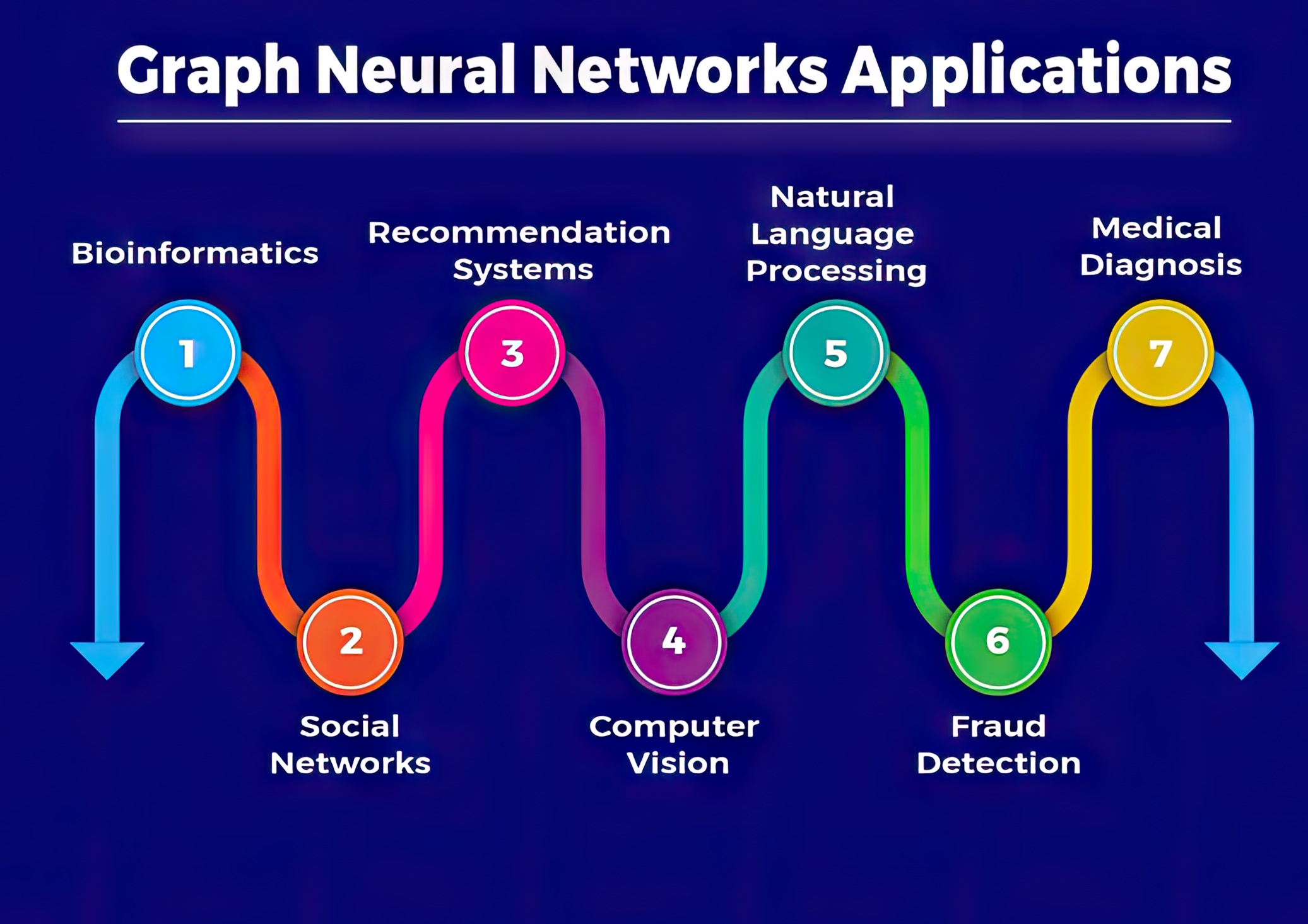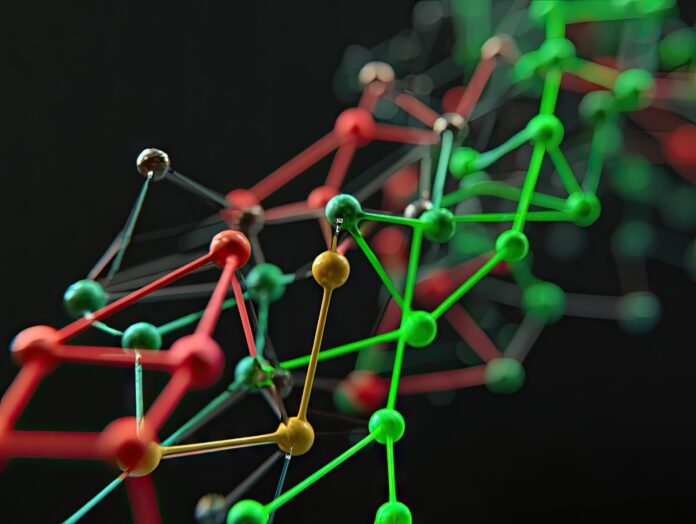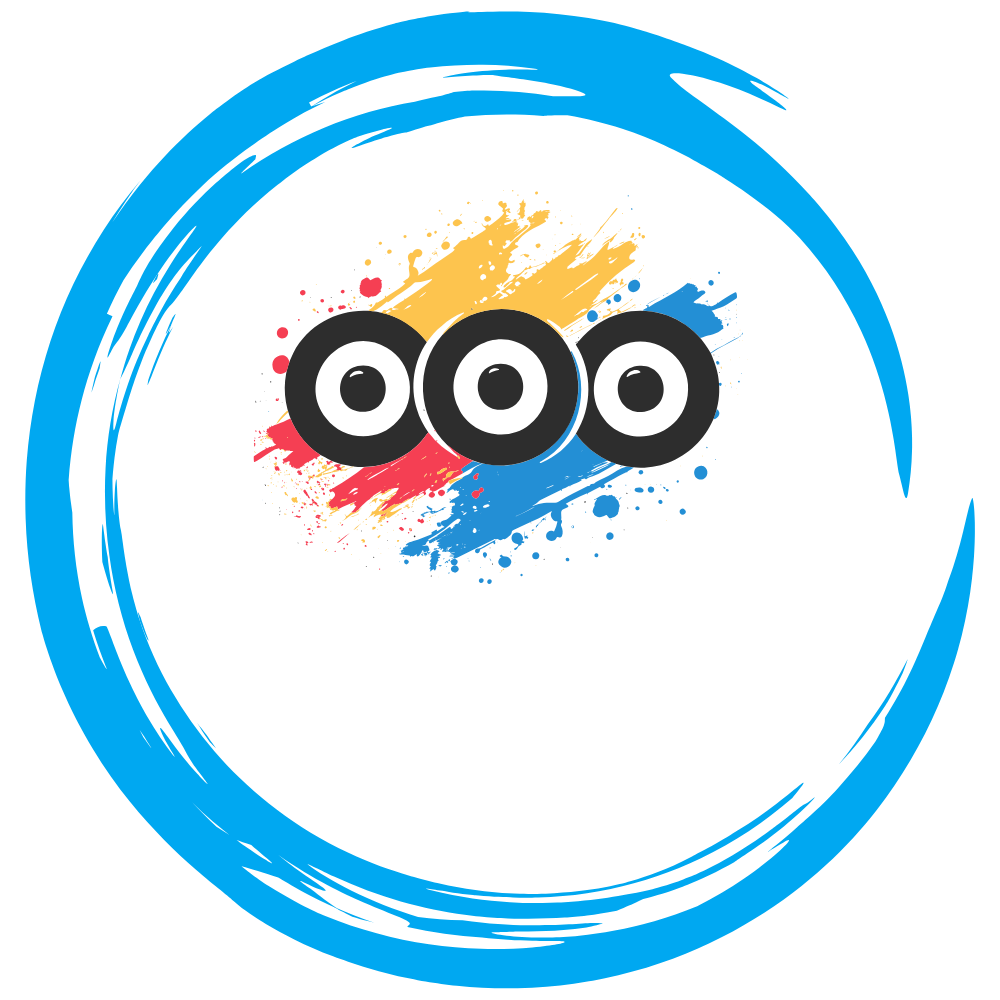In today’s complex digital ecosystem, conventional data analysis tools often fall short when dealing with dynamic, interconnected information. As data continues to grow in complexity—from social networks to molecular simulations—the need for models that understand relationships as much as the data points themselves has become critical. Traditional machine learning models typically process data in tabular or sequential formats, which limits their capacity to capture relational and topological patterns.
Enter Graph Neural Networks (GNNs): a transformative class of deep learning architectures designed specifically to learn from data represented as graphs. These models excel at incorporating both node-level features and the structure of connections between them. GNNs are driving innovation in a wide range of industries, including finance, healthcare, supply chain, cybersecurity, and natural sciences. Their flexibility and robustness are redefining the landscape of AI-powered data analysis.
Understanding Graph-Based Data
Graphs are universal data structures consisting of nodes (entities) and edges (relationships). This makes them ideal for modeling systems where relationships play a central role. Examples include social networks (users and friendships), transportation systems (locations and routes), and chemical compounds (atoms and bonds). In all these cases, understanding the structure is just as important as understanding the individual elements.
Traditional machine learning approaches tend to flatten or ignore relational data, which can strip away meaningful context. Graphs, by contrast, retain this information. They allow algorithms to recognize not just who or what is present, but how they are connected. This richer representation enables more accurate analysis and predictive modeling.

GNNs go a step further by learning from this structure. Nodes in a GNN can iteratively share and update information based on their neighbors, making it possible to detect complex patterns and relationships that would be otherwise invisible.
How GNNs Work
At the core of GNNs is the message passing framework, which enables nodes to update their representations by aggregating information from their neighbors. This iterative process helps nodes encode not only their features but also the broader structure of the graph around them.
Key Steps in GNN Processing:
- Message Passing: Each node collects feature information from its neighbors.
- Aggregation: Neighbor features are aggregated using mean, sum, max, or attention-based functions.
- Update: The node’s embedding is updated based on the aggregated message and its previous state.
This cycle is repeated across several layers, enabling the model to learn hierarchical representations that reflect both local and global graph properties.
Prominent GNN Architectures:
- GCNs (Graph Convolutional Networks): Apply convolution operations on graphs by averaging neighbor features.
- GATs (Graph Attention Networks): Introduce attention mechanisms to weigh neighbor contributions differently.
- GraphSAGE: Enables inductive learning by sampling and aggregating fixed-size neighborhoods.
- R-GCNs (Relational Graph Convolutional Networks): Tailored for heterogeneous graphs with multiple edge types.
GNNs support a range of tasks including node classification, link prediction, graph classification, and clustering. They have proven especially effective where data structure carries significant semantic weight.
Real-World Applications
Graph Neural Networks are making a tangible impact across numerous industries. Their ability to model complex interactions is unlocking breakthroughs in real-time decision-making, personalization, and scientific discovery.
- Social Networks: Meta applies GNNs for community detection, news feed ranking, and anomaly detection (Meta AI Research).
- E-commerce: Alibaba uses GNNs for dynamic recommendation engines and search relevance (Alibaba Damo Academy).
- Banking & Finance: JPMorgan leverages GNNs for fraud detection, credit scoring, and transaction modeling (JPMorgan AI Research).
- Drug Discovery: GNNs help predict molecule behavior and protein folding—key to identifying new treatments (Nature: AlphaFold).
- Cybersecurity: Used to analyze access logs and communication patterns, GNNs enhance threat detection (IEEE Xplore).
- Telecom & IoT: GNNs improve network optimization, load balancing, and fault detection in connected systems.
- Supply Chains: Businesses apply GNNs to optimize logistics, warehouse planning, and demand forecasting.
- Scientific Research: From quantum physics to climatology, researchers use GNNs to study particle dynamics and environmental interactions.
Benefits Over Traditional Models
GNNs deliver a suite of benefits that make them superior to many traditional learning methods, especially in graph-structured domains:
- Relational Learning: GNNs naturally model relationships, unlike flat models that treat all inputs independently.
- Adaptability: They generalize across unseen nodes and even new graphs, making them suitable for dynamic settings.
- Scalability: With sampling strategies and optimized libraries, GNNs can scale to handle massive graphs.
- Versatility: Useful for a variety of learning tasks—classification, regression, clustering, and more.
- Accuracy and Insight: Graph-based reasoning often improves performance and reveals deeper data patterns.
These advantages have made GNNs indispensable in applications that require contextual intelligence and structured reasoning.

Challenges and Future Outlook
Despite their strengths, GNNs come with challenges:
- Computational Overhead: Training GNNs on large-scale graphs requires significant memory and processing resources.
- Over-smoothing: With too many layers, node embeddings can converge to similar values, hurting performance.
- Interpretability: Like other deep models, explaining GNN decisions is an ongoing research area.
- Graph Construction: Translating raw data into high-quality graph formats remains a bottleneck in some applications.
Promising Research Directions:
- Dynamic Graph Learning: Adapting to changing graph structures over time.
- Graph Transformers: Blending the power of transformers with graph semantics.
- Explainable AI for GNNs: Making model behavior more transparent and trustworthy.
- Federated GNNs: Supporting privacy-preserving, distributed graph learning across data silos.
Open-source frameworks like PyTorch Geometric, DGL, and benchmarks like the Open Graph Benchmark are accelerating GNN adoption and research across academia and industry.
Conclusion
Graph Neural Networks represent a paradigm shift in how we analyze data. Their ability to learn from both features and structure enables insights that were previously unattainable with traditional models. From predicting disease interactions to personalizing digital experiences, GNNs are becoming central to the future of AI.
As more industries embrace graph-based thinking, GNNs are poised to become foundational tools in the data scientist’s arsenal. Continued progress in scalability, interpretability, and real-world deployment will further cement their role as one of the most transformative technologies in modern machine learning.



